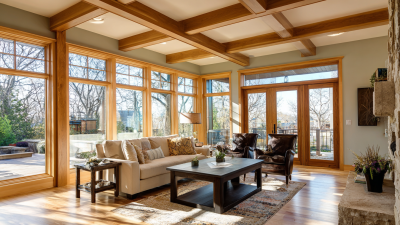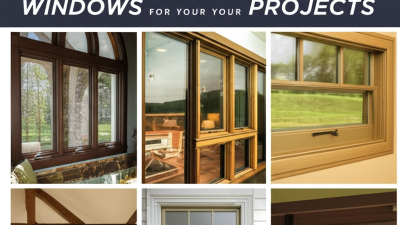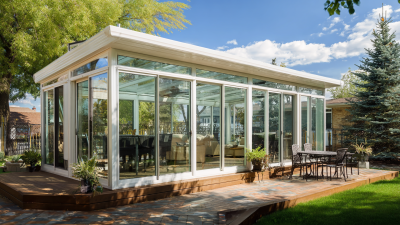When it comes to enhancing the energy efficiency and aesthetic appeal of your home, choosing the right replacement timber windows is crucial. Not only can these windows elevate the overall look of your property, but they also play a significant role in reducing energy costs by up to 30%. This blog aims to guide homeowners through the essential considerations when selecting replacement timber windows, ensuring that you make an informed decision that caters to your style and functional requirements. From understanding the benefits of timber over other materials to assessing the impact on your home's insulation and carbon footprint, we will delve into the key factors that affect both performance and design. By following our expert tips, you can not only find windows that complement your home's character but also contribute significantly to a more sustainable living environment.
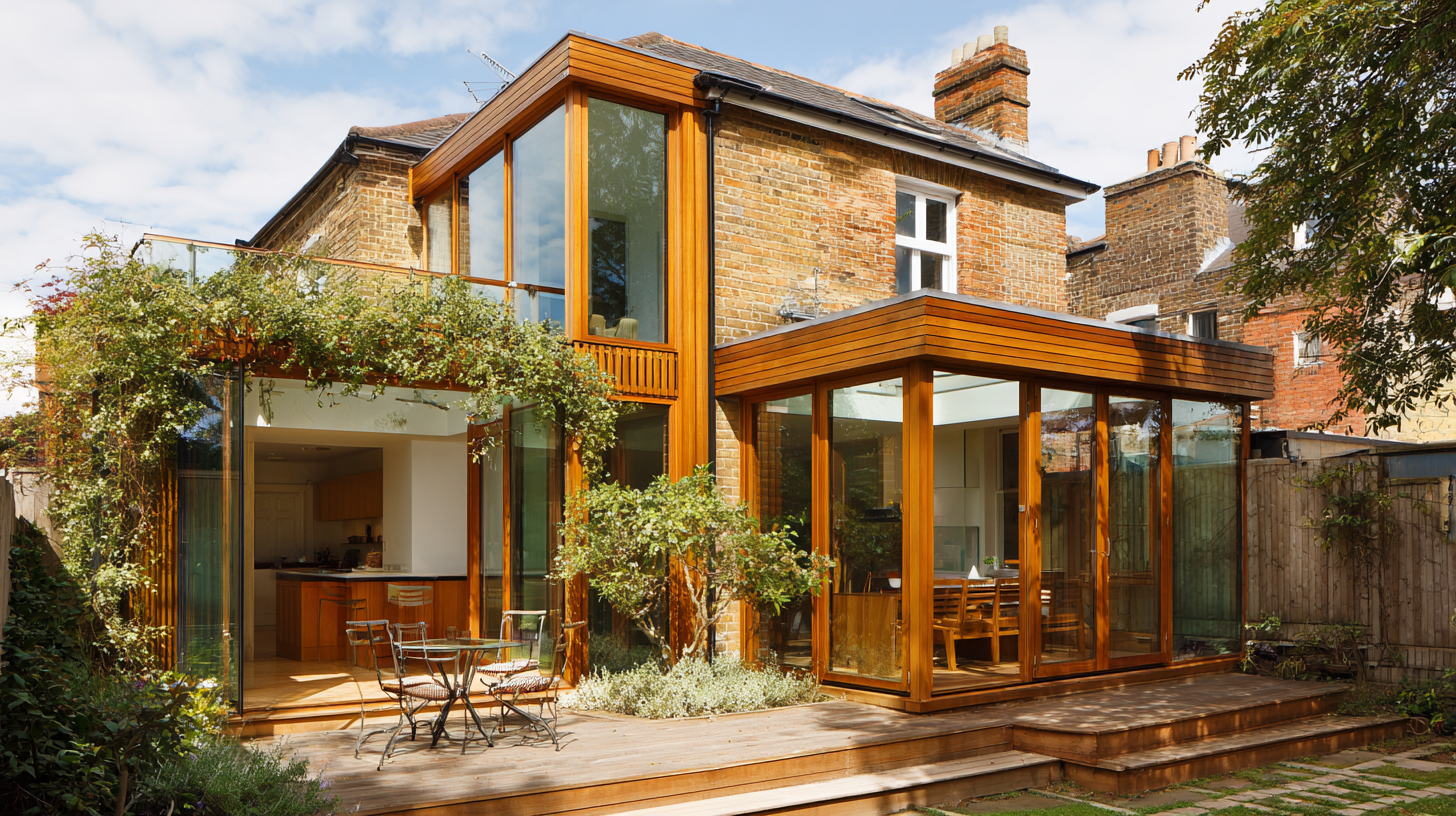
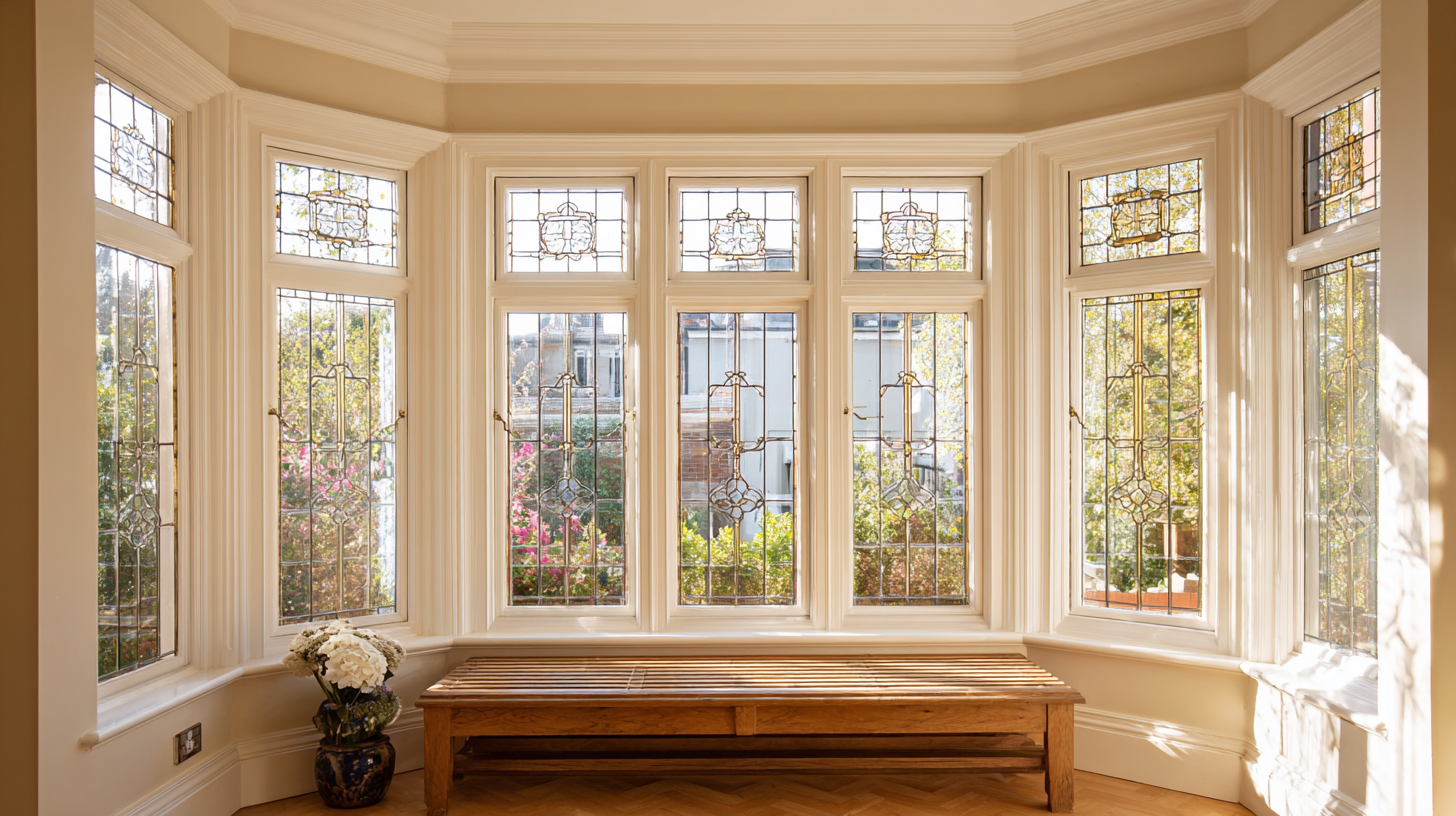 When selecting replacement timber windows, there are several key factors to consider that can significantly enhance your home's energy efficiency. According to the U.S. Department of Energy, high-performance windows can boost energy efficiency by up to 30%. To achieve this, it’s important to assess the thermal performance of the windows. Look for options with low U-values, which indicate better insulation properties, and consider products that feature double or triple glazing to further reduce thermal transfer.
When selecting replacement timber windows, there are several key factors to consider that can significantly enhance your home's energy efficiency. According to the U.S. Department of Energy, high-performance windows can boost energy efficiency by up to 30%. To achieve this, it’s important to assess the thermal performance of the windows. Look for options with low U-values, which indicate better insulation properties, and consider products that feature double or triple glazing to further reduce thermal transfer.
Another critical factor is the type of timber used in the window frames. Sustainable woods, such as FSC-certified pine or oak, not only provide durability but also contribute to a reduced carbon footprint. A report from the Forest Stewardship Council highlights that using sustainably sourced timber can lower greenhouse gas emissions by up to 80% compared to non-sustainable alternatives. Additionally, choosing windows with proper weather stripping and seals will prevent air leaks, enhancing your home's overall energy performance. Investing in quality replacement timber windows not only increases your home’s value but also leads to significant long-term savings on energy bills.
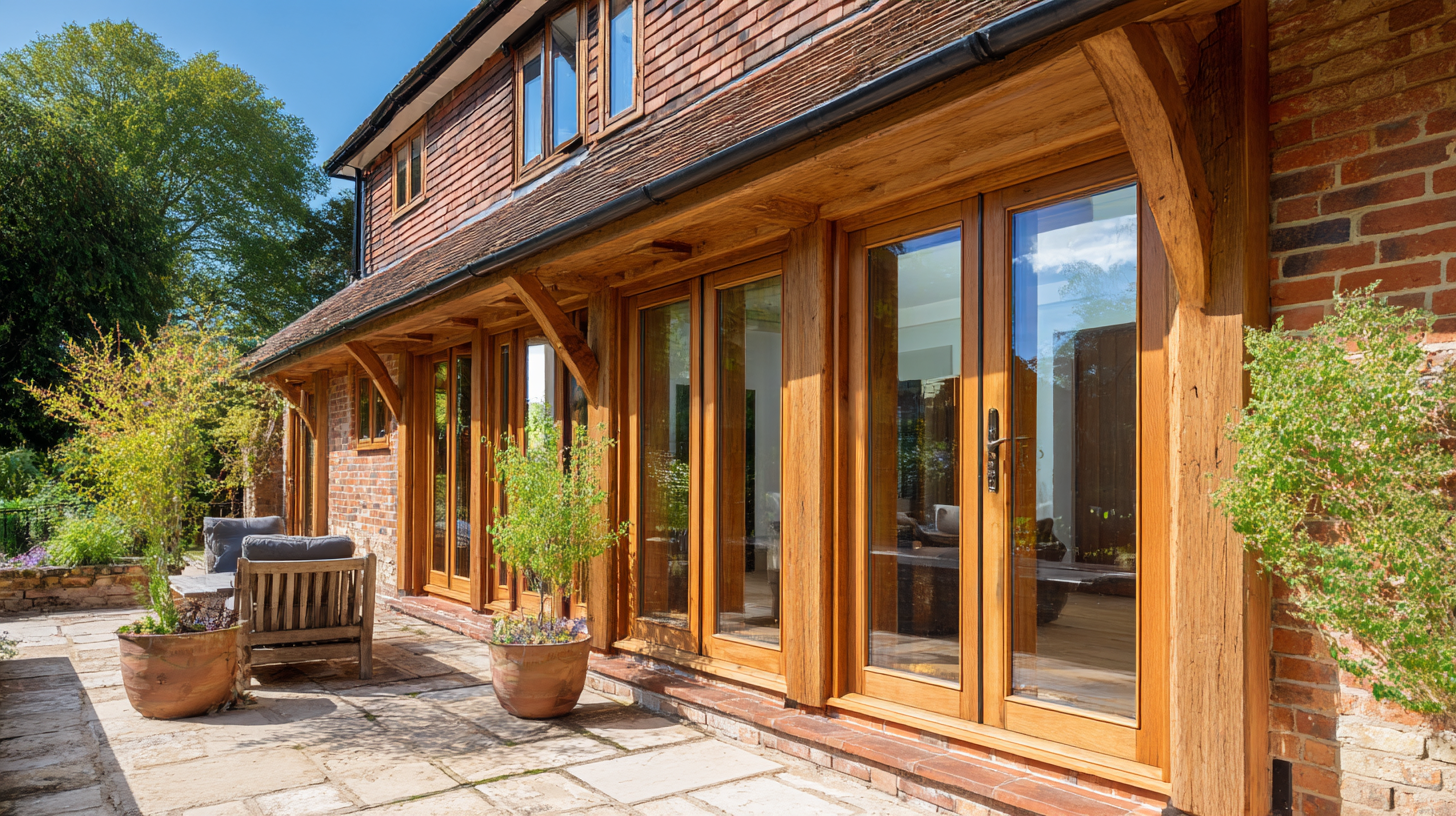 When selecting replacement timber windows, understanding energy efficiency ratings is crucial for making an informed choice. Energy ratings typically use the U-value, which measures the rate of heat transfer through a material. According to the National Fenestration Rating Council (NFRC), windows with a U-value of 0.2 or lower are considered highly energy-efficient. This indicates that they retain heat better, thereby reducing heating costs by up to 30% annually, which is a significant savings for homeowners looking to improve their energy performance.
When selecting replacement timber windows, understanding energy efficiency ratings is crucial for making an informed choice. Energy ratings typically use the U-value, which measures the rate of heat transfer through a material. According to the National Fenestration Rating Council (NFRC), windows with a U-value of 0.2 or lower are considered highly energy-efficient. This indicates that they retain heat better, thereby reducing heating costs by up to 30% annually, which is a significant savings for homeowners looking to improve their energy performance.
Moreover, the energy efficiency of timber windows can also be assessed through the Energy Star certification, which denotes products meeting stringent energy efficiency guidelines set by the U.S. Environmental Protection Agency. Timber windows with Energy Star ratings not only provide superior insulation but also enhance the aesthetic appeal of your home. Data from the American Council for an Energy-Efficient Economy (ACEEE) reveals that homes fitted with high-quality, energy-efficient windows can realize energy savings exceeding $700 per year, making the investment into timber windows not just environmentally friendly but also economically savvy in the long run.
When selecting replacement timber windows, understanding how frame construction impacts longevity and performance is crucial. Studies show that the material and design of window frames can significantly affect their lifespan. For instance, double-glazed timber windows with robust frames can last over 30 years, whereas poorly constructed options may need replacing within a decade. This longevity not only reduces the frequency of replacements but also contributes to sustainability by minimizing waste.
Moreover, the frame's construction plays a vital role in energy efficiency. According to the National Fenestration Rating Council (NFRC), well-constructed timber frames can enhance insulation, potentially improving a building's energy efficiency by 30%. This is achieved through superior thermal performance, as quality timber naturally has lower thermal conductivity compared to other materials like vinyl or aluminum. By choosing windows with advanced framing techniques, such as those utilizing engineered wood products, homeowners can enjoy lower energy bills and a more comfortable living environment, all while prolonging the lifecycle of their windows.
When it comes to choosing replacement timber windows, the right glazing options play a crucial role in enhancing energy efficiency and insulation. Selecting double or triple glazing can significantly reduce heat loss, making your home more comfortable year-round. Double-glazed windows, with two layers of glass separated by a layer of air or gas, act as a barrier to cold temperatures, while triple glazing offers added insulation, ideal for areas with extreme climates.
Another factor to consider is the type of gas used between the panes. Argon gas is a popular choice, as it has better thermal performance than regular air. Additionally, Low-E (low emissivity) coatings can reflect heat back into your home during winter while keeping it cool during summer, ensuring optimal comfort regardless of the season. By prioritizing the right glazing options, homeowners can not only boost the energy efficiency of their homes by up to 30% but also lower their energy bills, making it a smart investment for both the environment and your pocket.
| Tip | Detail | Benefits | Estimated Energy Savings (%) |
|---|---|---|---|
| 1. Choose High-Quality Timber | Look for sustainably sourced hardwood or softwood. | Improved durability and aesthetic appeal. | 10% |
| 2. Opt for Double or Triple Glazing | Choose windows with multiple glass panes for better insulation. | Reduced heat loss and noise pollution. | 15% |
| 3. Consider Low-E Coatings | Select glazing with low-emissivity coatings to reflect heat. | Enhanced energy efficiency and comfort. | 5% |
| 4. Ensure Proper Installation | Hire a professional for installation to avoid drafts. | Maximized performance and reduced energy costs. | 10% |
| 5. Choose Energy Star Rated Windows | Select windows with Energy Star certification for better efficiency. | Assured energy savings and environmental benefits. | 20% |
| 6. Use Argon or Krypton Gas Filling | Windows filled with these gases provide better insulation. | Increased thermal resistance. | 8% |
| 7. Evaluate Frame Material | Consider composite materials for improved insulation properties. | Enhanced energy efficiency and longevity. | 7% |
When selecting replacement timber windows, it's essential to consider not only their energy efficiency but also how they will integrate into the overall aesthetic of your home. Timber windows offer a unique charm that can enhance both traditional and contemporary styles. Their natural texture and warmth can create a welcoming atmosphere, making them an excellent option for homeowners looking to maintain or elevate their home's character. Choose finishes that complement your interior design palette, and consider features like mullions and grilles that can add architectural interest.
Functionality should not be overlooked, however. It's important to select designs that not only look good but also perform well. Look for windows that offer modern energy-efficient technologies while maintaining the classic look of timber. Optimal window orientation can maximize natural light and improve the overall comfort of your space. By finding the perfect balance between style and function, you can enjoy the beauty of timber windows while significantly enhancing your home’s energy efficiency. Consider consulting with professionals to find designs that meet your aesthetic goals without sacrificing practical benefits.

